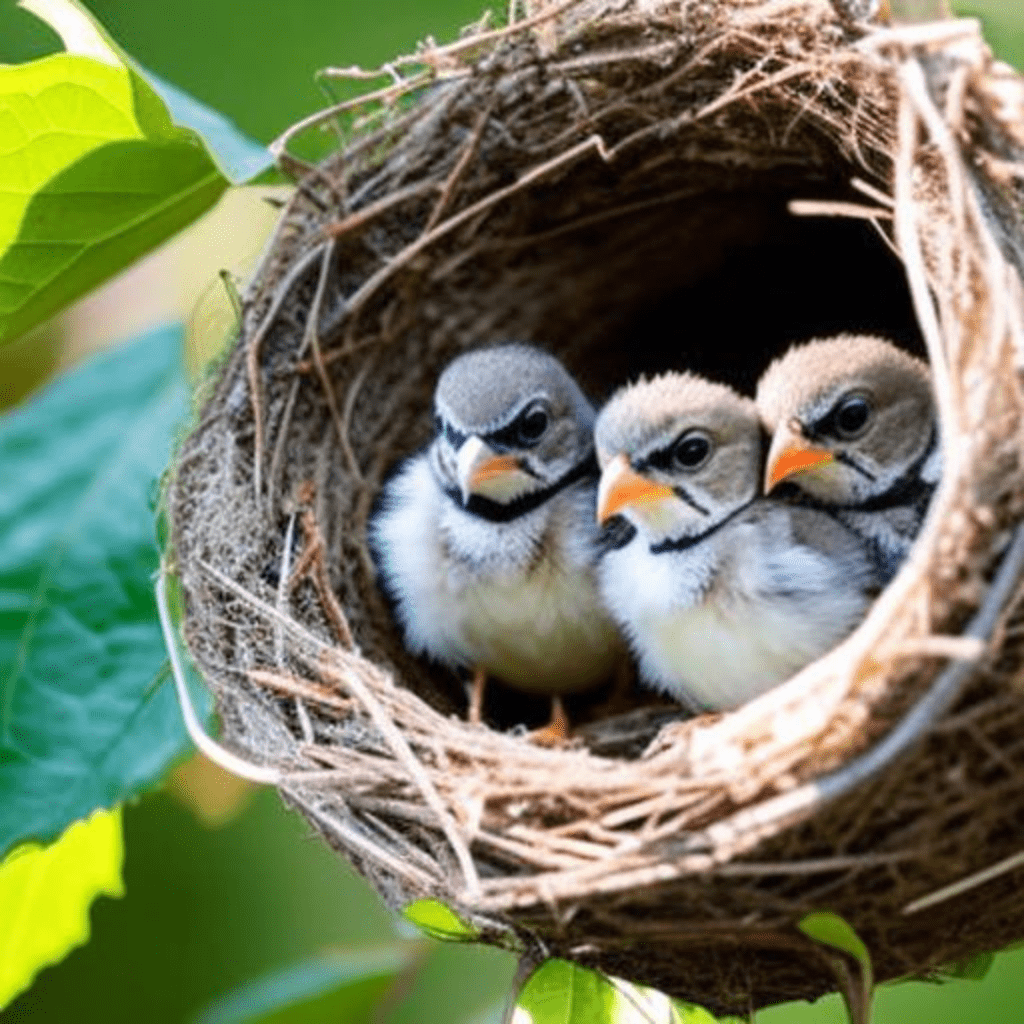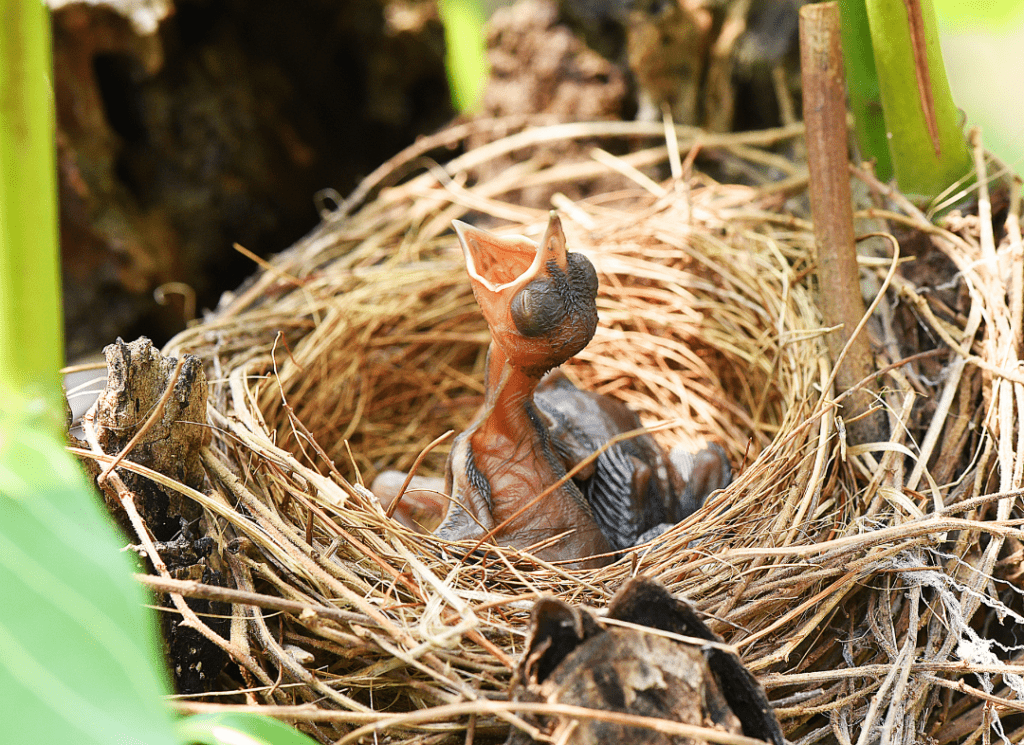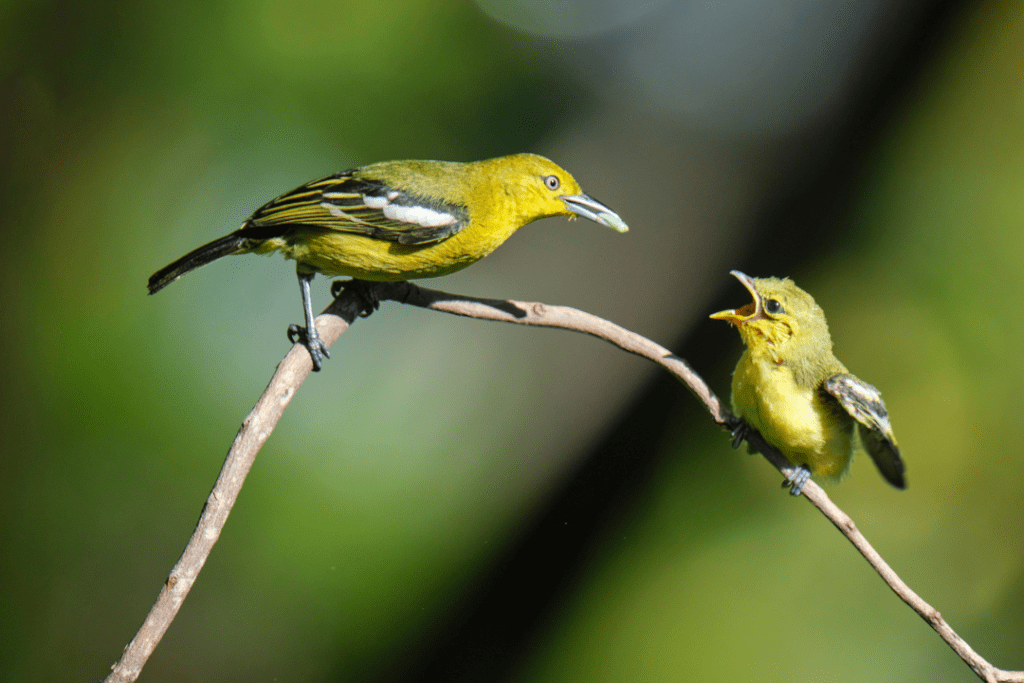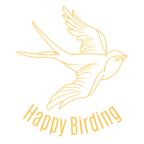Bird enthusiasts and wildlife caretakers often marvel at the incredible process of baby birds growing and developing in the nest. From hatching to fledging, each stage of a baby bird’s life is filled with fascinating changes and milestones. This comprehensive guide will explore the journey of baby birds, from nesting to fledging, highlighting the remarkable life cycle of birds across various species.

The Nesting Process
Nests play a crucial role in the life cycle of birds, providing a safe and nurturing environment for baby birds to hatch and develop. Birds invest time and effort into building the perfect nest to ensure their offspring have the best chance of survival.
There are numerous types of nests, each serving a specific purpose for the species that create them:
- Cup nests: Built by species such as robins and sparrows, these nests are shaped like cups and are often constructed from twigs, grass, and leaves, lined with soft materials like feathers or moss.
- Cavity nests: Woodpeckers and some species of owls excavate holes in trees to create cavity nests, which offer protection from predators and the elements.
- Platform nests: Large birds like eagles and ospreys construct these expansive nests from sticks and branches, typically situated in high locations like trees or cliffs.
- Ground nests: Birds such as quails and plovers build their nests directly on the ground, camouflaged with natural materials to avoid detection by predators.
Egg Incubation and Hatching
Once a nest is constructed, birds lay their eggs and begin the incubation period. Incubation times vary greatly between species; for example, small songbirds may incubate their eggs for just 12-14 days, while larger species like eagles can incubate for up to 35-40 days. During incubation, parent birds take turns keeping the eggs warm and protected.
The hatching process is a pivotal moment in a baby bird’s life. After breaking through the eggshell, or “pipping,” the hatchling emerges as a delicate, partially developed creature. In some species, like songbirds, the hatchlings are born altricial, meaning they are helpless, blind, and featherless. In contrast, precocial hatchlings, like ducks and geese, hatch with a covering of downy feathers and are capable of walking and foraging soon after hatching.
Life as a Nestling
Nestlings undergo a remarkable transformation as they grow and develop in the nest. Parent birds devote significant time and energy to feeding and caring for their offspring, helping them grow stronger and develop essential skills for survival.
During this stage, baby birds begin to grow feathers, replacing the initial downy covering. The development of feathers allows nestlings to better regulate their body temperature and prepare for eventual flight.

Parent birds provide a constant supply of food, usually insects, seeds, or fruit, depending on the species. As the nestlings grow, they become more active and mobile, eventually starting to explore the nest and surrounding branches.
Fledging: The Big Leap
The transition from nestling to fledgling marks a significant milestone in a baby bird’s life. Fledging is the process of leaving the nest and learning to fly, signaling the beginning of independence for the young bird. This stage can be fraught with challenges, as fledglings are vulnerable to predators and must quickly develop the skills necessary to evade danger and find food.
The timing of fledging varies across species, with smaller birds typically leaving the nest sooner than their larger counterparts. It is not uncommon for fledglings to spend time on the ground or in low branches, refining their flying abilities and building strength. Parent birds often continue to feed and care for their fledglings during this period, gradually teaching them how to forage and fend for themselves.
Average Nesting Period for Common Baby Birds
| Bird Species | Duration of Stay with Mother | Average Daily Food Intake | Average Weight at Fledging | Return to Nest? | Average Survival Rate of Young Birds That Leave the Nest | Average Clutch Size |
| American Crow | 20-40 days | 20-40% of body weight | 250-400g | No | 50% – 60% | 3-6 eggs |
| American Goldfinch | 11-17 days | Half of body weight | 9-10g | No | 25% – 30% | 4-6 eggs |
| American Robin | around 13 days | 100% of body weight | 70-80g | No | 25% – 40% | 3-5 eggs |
| Black-capped Chickadee | 12-16 days | 35-50% of body weight | 9-12g | No | 25% – 50% | 6-8 eggs |
| Blue-headed Vireo | 12-13 days | 60-80% of body weight | 9-12g | No | 40% – 50% | 3-5 eggs |
| Blue-winged Warbler | 8-10 days | 75-100% of body weight | 6-7g | No | 25% – 50% | 4-5 eggs |
| Blue Jay | 17-21 days | 60-70% of body weight | 70-100g | No | 30% – 50% | 3-7 eggs |
| Canada Goose | 42-50 days | 100-400g of grass daily | 2-4kg | Yes | 50% – 70% | 2-8 eggs |
| Carolina Wren | 10-16 days | 30-50% of body weight | 8-10g | No | 25% – 30% | 3-7 eggs |
| Common Grackle | 10-17 days | 25-30% of body weight | 70-80g | No | 25% – 50% | 3-7 eggs |
| Dark-eyed Junco | 10-13 days | 75-100% of body weight | 16-18g | No | 30% – 50% | 3-6 eggs |
| Downy Woodpecker | 18-21 days | 30-40% of body weight | 20-30g | No | 25% – 40% | 3-8 eggs |
| European Starling | 21-23 days | 10-15% of body weight | 60-100g | Yes | 40% – 60% | 4-6 eggs |
| Great Blue Heron | 49-81 days | 13-20% of body weight | 2-3kg | Yes | 70% – 80% | 2-6 eggs |
| Great Horned Owl | 30-37 days | 5-10% of body weight | 1-2kg | Yes | 30% – 50% | 1-3 eggs |
| House Finch | 12-19 days | 25-50% of body weight | 15-20g | No | 40% – 60% | 2-6 eggs |
| House Sparrow | 10-14 days | 25-30% of body weight | 24-30g | No | 50% – 60% | 3-7 eggs |
| Mallard | 23-30 days | 10-15% of body weight | 700-900g | Yes | 50% – 60% | 8-13 eggs |
| Mourning Dove | 12-15 days | 13-15% of body weight | 100-150g | No | 20% – 30% | 2 eggs |
| Northern Cardinal | 7-13 days | 25-35% of body weight | 8-12g | No | 50% – 60% | 2-5 eggs |
| Northern Flicker | 24-27 days | 15-30% of body weight | 130-170g | Yes | 50% – 60% | 5-8 eggs |
| Northern Mockingbird | 12-13 days | 75-100% of body weight | 35-55g | No | 25% – 40% | 2-6 eggs |
| Pine Siskin | 13-17 days | 75-100% of body weight | 10-14g | No | 30% – 50% | 2-5 eggs |
| Red-bellied Woodpecker | 24-27 days | 30-40% of body weight | 70-100g | No | 40% – 50% | 3-6 eggs |
| Red-tailed Hawk | 42-46 days | 10-15% of body weight | 1.2-1.5kg | Yes | 50% – 60% | 2-3 eggs |
| Red-winged Blackbird | 11-14 days | 25-30% of body weight | 22-30g | No | 40% – 50% | 3-5 eggs |
| Song Sparrow | 9-12 days | 75-100% of body weight | 14-16g | No | 25% – 50% | 2-6 eggs |
| Song Sparrow | 9-12 days | 75-100% of body weight | 14-16g | No | 25% – 50% | 2-6 eggs |
| Tufted Titmouse | 15-16 days | 30-50% of body weight | 9-10g | No | 50% – 60% | 3-9 eggs |
| Turkey Vulture | 68-84 days | 5-10% of body weight | 2-3kg | Yes | 80% – 90% | 1-3 eggs |
| White-breasted Nuthatch | around 26 days | 35-50% of body weight | 17-19g | No | 30% – 50% | 4-8 eggs |
Species-Specific Timelines
The duration baby birds spend in the nest varies depending on the species. Here, we’ll explore the timelines for three broad categories of birds: passerines, raptors, and waterbirds.
Passerines: Passerines, or perching birds, include familiar species like sparrows, finches, and chickadees. These small birds typically have a shorter nesting period, with most species fledging within 14-21 days after hatching. However, variations can exist within this group, with some species taking slightly longer to fledge.
Raptors: Birds of prey, such as hawks, eagles, and owls, have a longer nesting period than passerines. Due to their larger size and more complex development, raptors can spend several weeks or even months in the nest before fledging. For example, a red-tailed hawk may take up to 42-46 days to fledge, while a great horned owl can spend approximately 35-40 days in the nest.
Waterbirds: This category includes species like herons, egrets, and ducks. Waterbirds have diverse nesting behaviors and timelines, with some species nesting in trees, others on the ground, and some even building floating nests. Ducks and geese, which are precocial, leave the nest within 24-48 hours of hatching, while herons and egrets, which are altricial, may take 4-6 weeks to fledge.
Human Interaction: When to Intervene
As observers of nature, it’s essential to know when to help baby birds and when to leave them be. In many cases, seemingly abandoned or distressed baby birds are simply experiencing a natural part of their development.

If you encounter a baby bird on the ground, assess the situation before taking any action. Fledglings are often clumsy and may spend time on the ground as they learn to fly. If the bird appears healthy and alert, it’s best to leave it alone and allow its parents to care for it. However, if the bird is injured, in immediate danger, or a helpless nestling, intervention may be necessary.
In cases where rescue and rehabilitation are required, contact a local wildlife rehabilitator or bird rescue organization for guidance. They can provide expert advice and assistance in helping the baby bird return to the wild or receive necessary care.
Conclusion
The life cycle of baby birds is a fascinating journey, from nesting and hatching to the critical transition from nestling to fledgling. By understanding the various stages of development and species-specific timelines, bird enthusiasts can appreciate the incredible process that unfolds within the nest. As observers and caretakers of nature, it’s crucial to know when to step in and when to allow nature to take its course. So, the next time you encounter a baby bird in the wild, take a moment to appreciate its extraordinary journey and the wondrous world of birds.

James has always been an avid outdoorsman. Since a kid, he kept a journal of all the different birds and species he saw. Now he wants to share his passion with other birders with Happy Birding!
